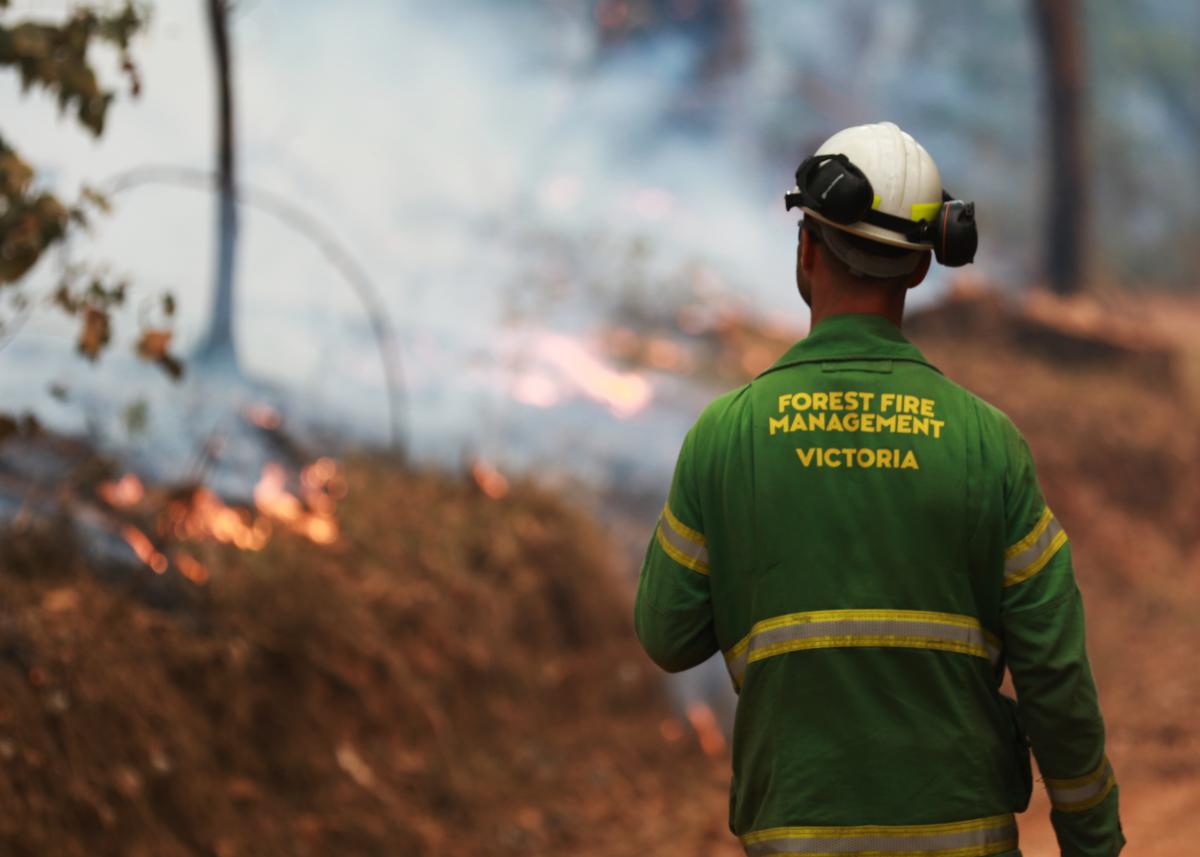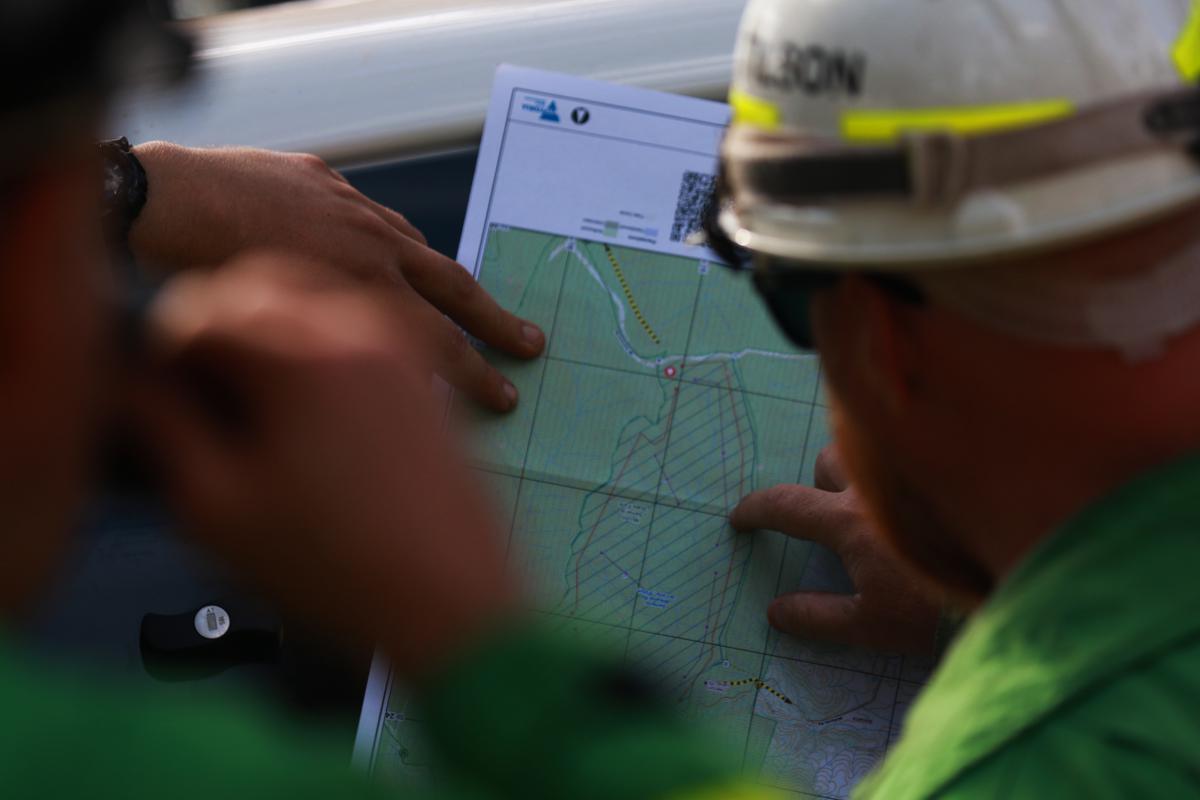In February, we saw some of the worst fire risk days since the 2019-20 fire season.
Victorian crews worked tirelessly to contain significant fires in Pomonal, Dadswells Bridge and a 22,000 hectare fire in Bayindeen.
While a large focus has been on the response to these fires, our agencies also work hard year-round to reduce bushfire risk and keep communities safe.
Forest Fire Management Victoria (FFMVic) personnel are not only on the frontline of the response but are also the experts at using fire to reduce risk.

“When responding to a bushfire, FFMVic crews will use fire to burn out vegetation between containment lines and the approaching bushfire. This strengthens the containment lines and greatly reduces the risk of the bushfire spreading,” said FFMVic Chief Fire Officer Chris Hardman.
“Away from our response efforts, a year-round planned burning program is also managed and delivered throughout the state.”
“Both methods had a critical impact in recent fire fights. Burning out operations at the Bayindeen – Rocky Road fire near Beaufort in the days before the February 28 Catastrophic fire day significantly limited the spread of fire, despite the challenging conditions.”
FFMVic manages bushfire response and risk reduction on eight million hectares of public land in Victoria – around one third of the total land area of our state. This includes national parks and state forests.
As we move through autumn, Victoria will start to see more favourable weather conditions, which will provide opportunities for FFMVic to undertake planned burning – when it is safe to do so.

Planned burning is undertaken under carefully monitored conditions to reduce fuels such as grass, leaves, bark, shrubs and fallen branches. Without planned burning, bushfires would be bigger and harder for firefighters to control.
“While we burn to the conditions, not the calendar, autumn generally gives our crews more opportunities to conduct planned burns as the weather is more stable and fire behaviour is manageable and generally predictable,” said Chief Officer Hardman.
Underpinned by scientific evidence, local knowledge and continuous improvement, FFMVic focuses their work where it will have the greatest impact and do so by working closely with partner agencies.
“FFMVic works hand in glove with the Country Fire Authority (CFA), local government, land managers and community members,” Chief Officer Hardman said.
He explained the collaboration between Victorian emergency services is something to be proud of.
“I've been in the emergency services game for 35 years and I've seen the Victorian model mature and grow to what I consider to be one of the best in the world – where agencies, irrespective of their specialist capability or uniform, come together and work in a seamless collaborative partnership,” he said.
“Working as one is not a tagline, it's not a slogan, it's real – and that's how we do it.”

In addition to planned burning, other bushfire risk management work FFMVic undertakes includes the creation of strategic fuel breaks and slashing and mowing, particularly for areas that are up against communities and critical infrastructure.
“We undertake this work whenever the conditions are right, and this all contributes to making Victoria safer every high-risk weather season,” Chief Officer Hardman said.
FFMVic is made up of over 3,000 skilled personnel from Victorian fire and land management agencies including the Department of Energy, Environment and Climate Action (DEECA), Parks Victoria, Melbourne Water and VicForests.
To add to its firefighting capability, FFMVic also has specialist rappelers who rappel from helicopters into remote areas, to keep fires in the back country small.
“As chief of this organisation, I’m extremely proud of all of the people that step up every day and put themselves in harm’s way – quite often far from the gaze of the community, deep in our forests – working hard to protect our community and our environment.”
To find out when and where planned burns are happening near you, visit https://plannedburns.ffm.vic.gov.au